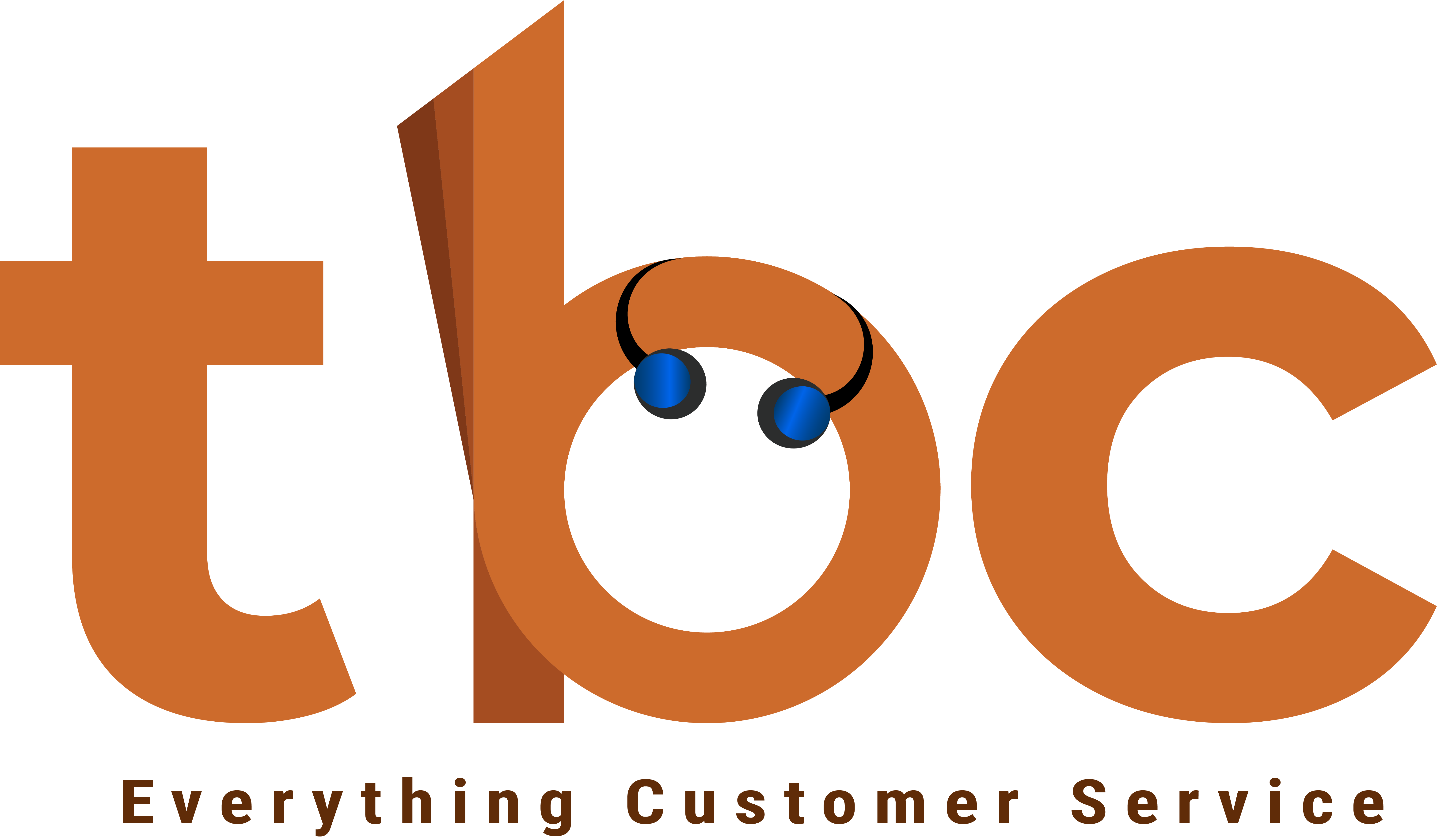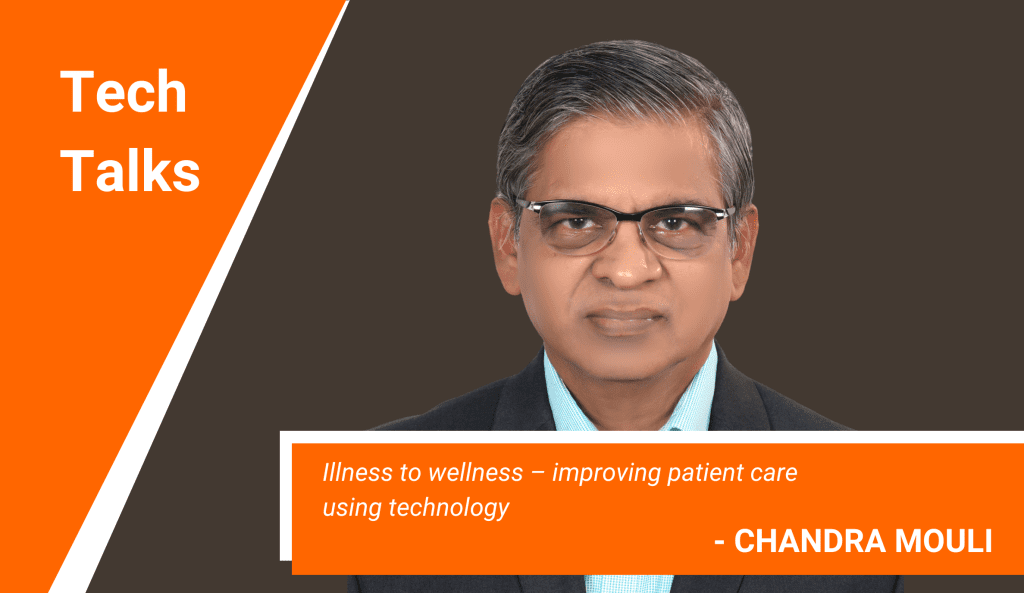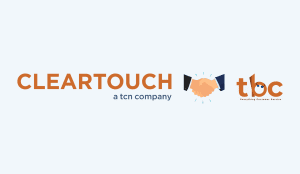In Part 1 Blog (the patient care journey is fast-changing), we spoke about how providing and ensuring patient care is critical. In this part, we will talk about how you can improve patient care using technology.
How Do You Go About Ensuring Patient Care?
Accessing quality information and care will be difficult without the use of technology. It is necessary now to enhance access through innovative use of technology to reach out to patients, and it makes a lot more practical sense during these extreme pandemic times.
People often consider excellent customer service as an essential part of healthcare. The use of technology minimizes room for error, and providing a superior user experience enhances patient satisfaction, thereby improving the quality of care.
We have covered some of the critical attributes of leveraging technology and bringing in accountability to enhance patient care:
1. Improve Accessibility – Leverage Technology
A medical emergency can happen at any time. Patients need to know that they can contact their healthcare provider 24 hours a day, 7 days a week. Traditionally, a receptionist functions as the main point of contact between your business and the public. However, an in-house receptionist can only work so many hours a day and so many days in a week.
You could hire multiple receptionists to work on a rotating schedule. With the technology disruption, Virtual patient counselors through automated bots are becoming mainstream. Virtual Patient counselors’ advantages are that they start learning at a fast pace based on the clinical condition and integration with the Patient clinical records providing a superior and consistent user experience.
These Virtual patient counselors supported by Trained Patient counselors from the hospital supplement the personal touch and compassionate care. We have consistently seen patient satisfaction going up where technology and humans co-exist, resulting in improving quality of care and optimizing costs.
2. The Telemedicine Revolution
A lot of people prefer scheduling medical appointments online. It saves time and, if executed properly, limits the risk of miscommunication. As more businesses move to the digital sphere, making your healthcare website or online portal user-friendly is essential for providing excellent customer service.
The digital disruption is also leading to broader adoption of Patient care portals which provide extensive and personalized information based on their clinical conditions besides becoming a single point of contact for managing patient data between the provider and receiver.
The pandemic has accelerated the disruption of certain care areas with the innovative use of technologies. Telemedicine is now being increasingly reinvented in many ways with a choice of online digital portals and medical devices for continuous monitoring of patient health conditions assisted by video consultations with caregivers. The new Digital cocktail is leading a tremendous upsurge of innovations in point of care. Without exception, every home can now have access to high-quality care at affordable costs from the best of the consultants, a dream till around a year ago.
We are also seeing Innovative usage of Telemedicine being integrated with AI-assisted medical imaging solutions reducing time and significantly reducing costs to patients. The rise of AI in medical imaging itself is set to transform early detection and intervention and save high costs to patients over time.
3. From High Touch to High Tech – Leveraging the “Bottom-Up” Approach to Patient Service
Not long ago, we have seen providers using a “top-down” approach to patient services. This means a set of protocols being defined, and the patient service counselors rigorously follow the routine in providing the care. For a long time, these regimes have isolated the medical administrators from the reality of what patients want and resulted in higher patient dissatisfaction impacting patient outcomes and inconsistent financial performance.
With the advent of the digital revolution, we see providers use technology and automation to try and manage the outcome by exception. This has resulted in more informed patients, counselors, and providers improving the quality of care.
Further, with the extensive feedback system at every point of care, you can probably narrow down the feedback loop to the point where it gets dysfunctional and run quality programs to enhance outcomes. This has seen every patient participating in the feedback process and intelligent systems running the exceptions leading to higher satisfaction levels with patients, satisfied employees, and other caregivers.
Extensive use of multiple digital channels like SMS, emails, IVRS, BOTS, etc., help to collect patient feedback, surveys, patient education at the point of care, resulting in a significant amount of data for future use. The learning also becomes a valuable guide to enhance internal training and fine-tuning protocols, optimizing costs, and significantly enhancing value.
4. Rewards & Recognition in Patient Care
With the extensive availability of data, the medical administration now has many data points to act upon and more so to really recognize their Star performers and suitably recognize them for their outstanding and consistent work. We have seen extensive data integration from feedback. Work performance going into the rewards and recognition program has worked wonders.
Patient service suffers when a healthcare organization lacks accountability, and more so when he knows they will not be held accountable for their actions, they’re more inclined to provide poor customer service. Moreover, with accountability, you can help your business identify areas where it can improve more, mainly when a patient service issue arises.
Bottom Line
Excellent patient service can help you create a loyal fan base. A happy, satisfied patient is more likely to come back – and even refer people – to you and your facility if they have received exceptional care. If a patient gets a less than warm feeling, they are likely to search out the next option because they assume that’s a reflection of the care they will receive. However, if they encountered pleasant service, they would be likely to retain services. The reputation that you develop will be vital in determining whether patients seek you out in the future.
Digital leaders adopt newer technologies to drive operational efficiency, proactive patient care educating patients through their wellness programs and other outreach programs. They are increasingly relying on data leveraging proven and next-gen technologies to enhance patient experience and delight.
At the end of the day, you want your patients and customers to be happy. Happy patients return – and refer others. Hence sustained investment in patient engagement and leveraging technology for outcomes and engagement significantly improves loyalty, leading to patient retention and referral and more likely to enhance revenue in view of better engagement and outcomes.




